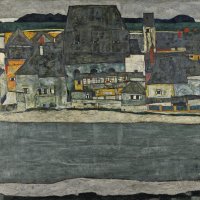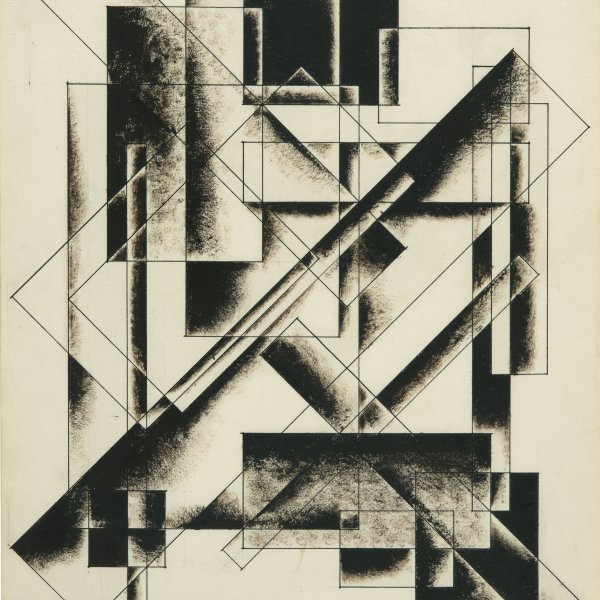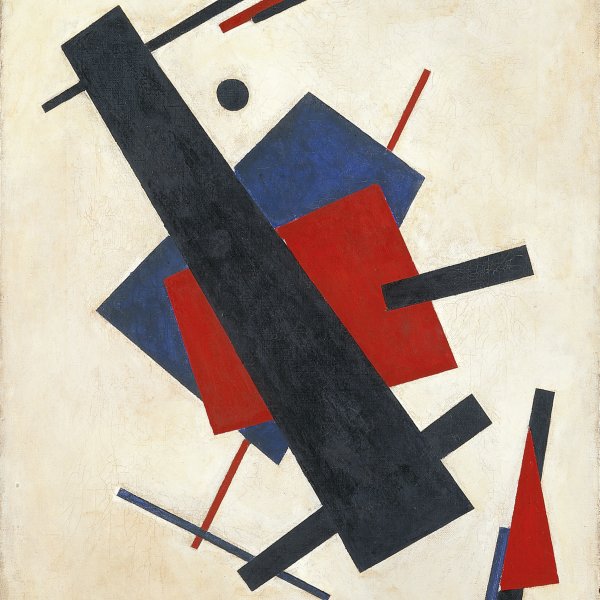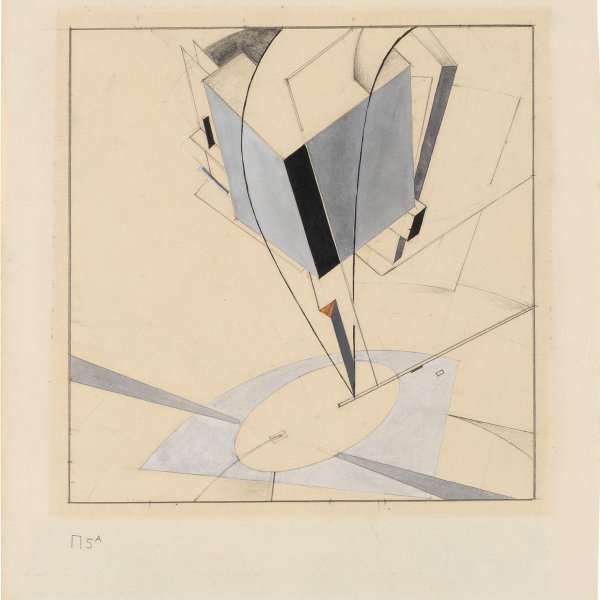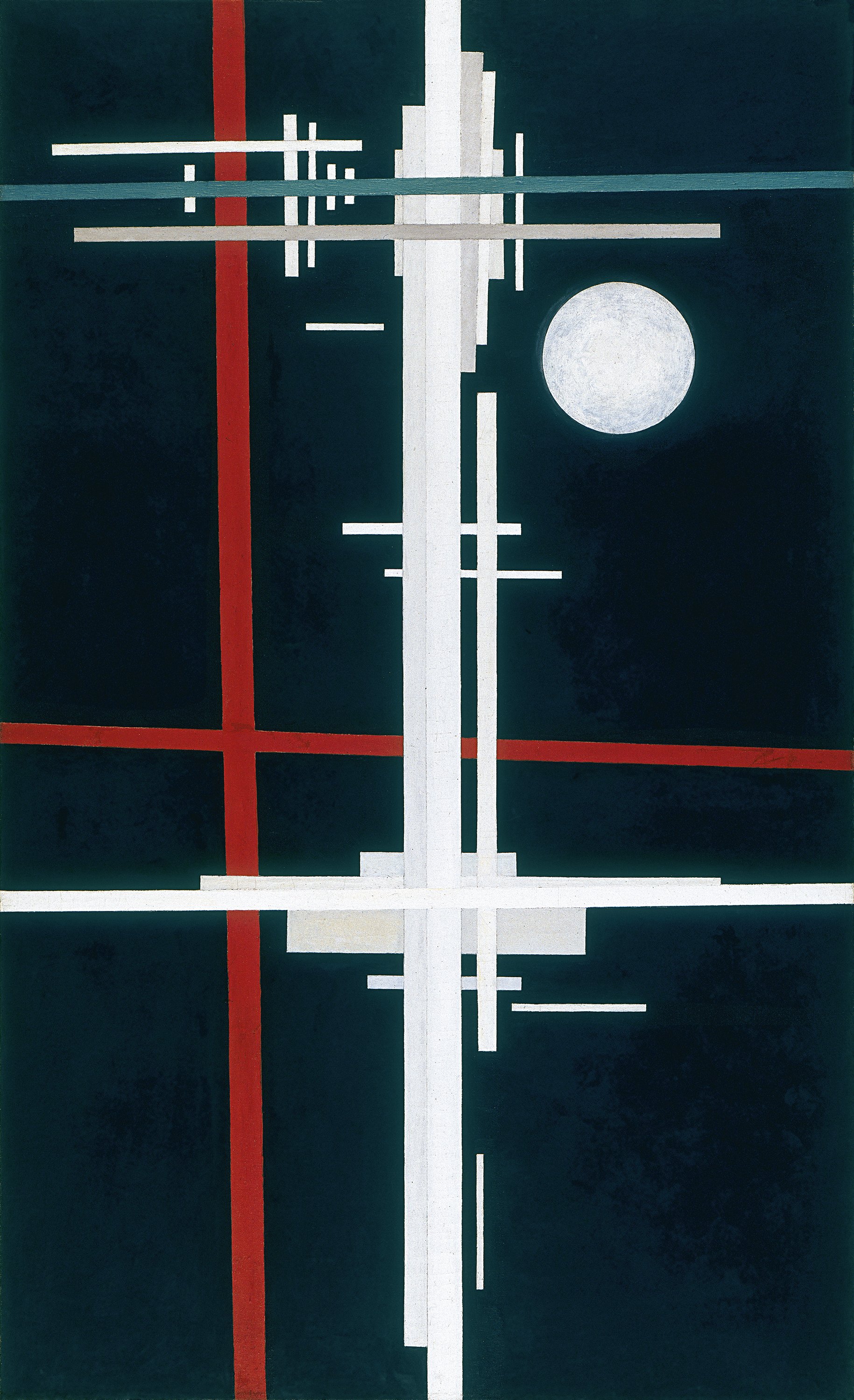Suprematist Composition
1923
Oil on canvas.
183.5 x 112 cm
Museo Nacional Thyssen-Bornemisza, Madrid
Inv. no.
506
(1983.36
)
Room 43
Level 1
Permanent Collection
During the period immediately after the Revolution, Ilya Chashnik belonged to the new generation of young Suprematist artists — such as Suetin and El Lissitzky — associated with Kazimir Malevich at the Vitebsk Artistic-Practical Institute, where he studied from 1919 to 1922. During those years he also belonged to the Suprematist group Unovis (Affirmers of the New Art), established by Malevich in 1919, and took part along with the other members of the group in the Exhibition of the Painting of Petrograd Artists of all Trends, held in 1923. Although there is insufficient information in the exhibition catalogue to identify the works, John Bowlt and Nicoletta Misler are inclined to think that the Suprematist Composition in the Thyssen-Bornemisza collection was included in the Petrograd show on the grounds of the inscriptions on the back of the canvas.
In the present painting, of which there are several versions, Chashnik follows the Suprematist ideas of interpreting reality using non-objective means. He provides a utopian image of a series of floating geometric shapes or architectural forms in free flight, which establish a very precise rhythmic pattern and create a kinetic tension. Like El Lissitzky’s Prouns, Chashnik’s compositions, which hint at an aerial view of an architectural complex, establish a perfect fusion of art and architecture.
Like Suetin, Chashnik later applied the principles of Suprematism to porcelain design and also collaborated with the Lomonossov porcelain factory.
Paloma Alarcó
In the present painting, of which there are several versions, Chashnik follows the Suprematist ideas of interpreting reality using non-objective means. He provides a utopian image of a series of floating geometric shapes or architectural forms in free flight, which establish a very precise rhythmic pattern and create a kinetic tension. Like El Lissitzky’s Prouns, Chashnik’s compositions, which hint at an aerial view of an architectural complex, establish a perfect fusion of art and architecture.
Like Suetin, Chashnik later applied the principles of Suprematism to porcelain design and also collaborated with the Lomonossov porcelain factory.
Paloma Alarcó

